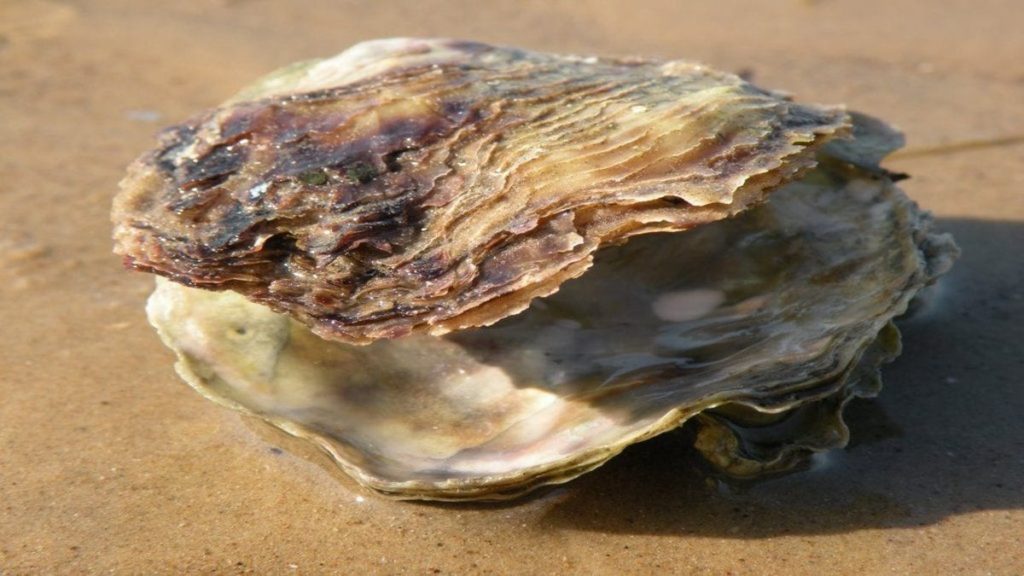Native oysters bizarrely reappear in Belfast Lough after 100 years of absence without any human intervention
In March, as the world locked down due to coronavirus, one note of positivity came in the form of reports of Venetians reporting that their canals were clearer and cleaner.
Now, this morning, the Guardian, followed up with similarly good news from Northern Ireland in sharing that “native oysters have unexpectedly returned to the shores of Belfast Lough after more than 100 years” absent.
“Fished to oblivion” from the 1800s, a systematic survey in May and June found 41 live ostrea edulis European flats along the coast and of the news, Joanne Preston of the University of Portsmouth told the paper: “I think it’s really interesting. The take-home message is, if you create the environmental conditions… then the species will be able to establish again.”
Obviously a “boost to biodiversity in the lough, since [they] filter seawater and their shells provide a habitat for many other sea creatures including tiny worms, snails, algae and anemones,” David Smyth of Bangor University in Wales commented: “The big question is, how did they get there?”
Citing that “the lough could one day be home to a future oyster fishery right near Northern Ireland’s capital,” here indeed could be one light of hope for the fishing industry as we career into Brexit Britain 2021.
When Covid-19 restrictions allow, we urge readers to head to Britain’s oyster capital, Whitstable, and visit the restaurant we reviewed in March 2016, the Whitstable Oyster Fishery Company (first established as a cooperative in 1793). Here, we suggest, you’ll find the finest seafood that will utterly delight you.
Facebook: @TheSteepleTimes
Instagram: @TheSteepleTimes
Twitter: @SteepleTimes

